Posted on February 18, 2021
Updated on March 13, 2023
4 min read time
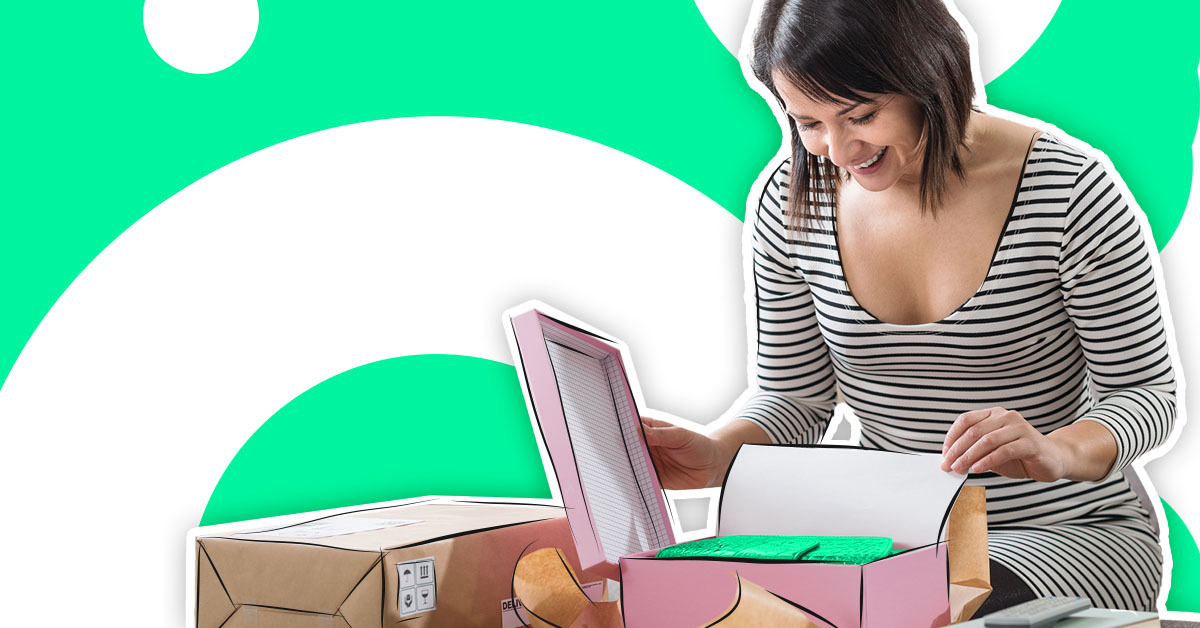
First impressions count. It's thought that we humans make up our mind within 7 seconds of meeting someone for the first time. And what about brands? The same logic applies; brands have just a few seconds to capture the attention of their target customer.
If successful, these impressions help solidify a brand’s reputation, and turn first-time buyers into loyal and returning customers.
Packaging is the outward projection of a brand's identity and is often the first thing a customer will see in-store or online. When used correctly, it can help to shape people's inclination to interact with a brand.
Think of it as a blank canvas. A canvas that can be used to express your brand’s proposition, as well as the benefits you offer those you're seducing to buy your product.
To pull off a successful packaging design or re-design, you need to tap into the mindset of your category to ensure what you're communicating about your product is fulfilling a need.
Embarking on a packaging refresh can be costly, so before you put the big bucks behind a complete overhaul, take the time to consider how you plan to communicate with customers not just visually, but multi-sensorially. This means thinking through the sound, feel, smell and taste as well as the visual identity; all of these impact the emotional response you elicit and offer opportunities for you to deliver a distinctive experience for those interacting with your brand.
When thinking through how to optimize your packaging to cut through the noise, here are a few pointers.
To build a brand consumers love, you’ll need to consider both the emotional and functional benefits of your product and communicate these clearly through your packaging. By illustrating what your product does for someone – on an emotional and practical level, you’re able to cut-through and lodge your brand more firmly in people’s minds.
Consider:
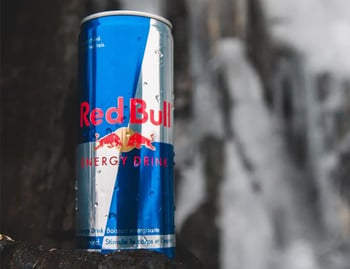
Red Bull conveys emotional benefits on its pack through a dynamic illustration of a bull fight, and a product claim that drinking Red Bull ‘vitalizes body and mind’. Their packaging reinforces the company’s overarching brand message of ‘Red Bull giving you wings’.
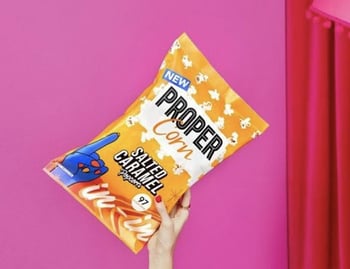
PROPER Corn highlight a functional benefit on pack, displaying the calorie content on every bag of popcorn to engage health-conscious consumers.
Packaging is an effective way for brands to show how well they understand their customers. It’s an instant demonstrator of a brand’s complexity and reiterates how well a brand knows its target audience. For a brand to have Empathy - one of the 16 Drivers of relationships between brands and people - it needs to tap into the motivations of its customers, understanding exactly what drives the customer at the moment of purchase.
To ramp up your brand’s strength in Empathy, scrutinize all the elements of your packaging. From the material you use, to the fonts, colours and on-pack claims – all can be tweaked or optimized to convey a deeper understanding of your customers’ needs. Recyclable packaging, for example, in a category driven by a commitment to sustainability is essential to building a brand with high Empathy.
Listing the ingredients in your product, how they’re sourced and claims around sustainability or organic not only helps communicate how well you understand your target market, but also helps people to feel like they know what your brand is about. It builds your Familiarity - another of the 16 Drivers of relationships.
Consider:
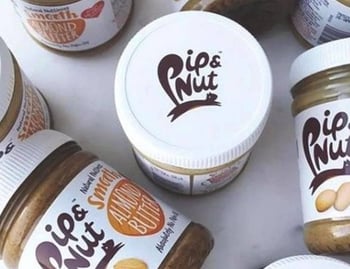
Pip & Nut reinforce their company’s sustainable practices through their natural ingredient list. On the front-of-pack they mention their ‘natural nuttiness’ and their absence of palm oil.
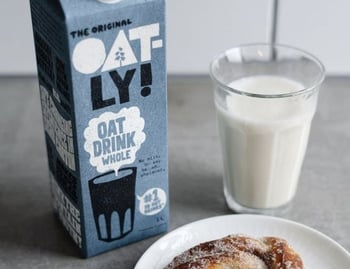
Oatly live up to their eco-friendly reputation by emphasizing the emotional benefit of their low climate footprint on the front of their packs. Coupled with their well-known and unique tone of voice, Oatly uses packaging design to communicate their brand's purpose and build a connection with consumers.
Providing clear messaging on pack about what your brand stands for, its mission and its purpose will help people become more familiar with your brand’s positioning. It’s not just about clarity around what your product can physically and emotionally do for people; familiarizing people with what you stand for helps build stronger, and more meaningful, relationships with consumers.
Familiar brands are expert communicators and convey their values and product benefits clearly, so consumers know what to expect when purchasing the product.
Integrity is a Driver which is growing in importance across categories and markets, as consumers become more eco-conscious, more socially and politically motivated, and are holding brands to a higher standard. Choosing a packaging option with less waste is crucial to gaining and maintaining customers in this landscape.
The same applies for the quality of the material. Recyclable materials are potentially more expensive to source but will also help differentiate your brand when communicated effectively.
Consider:
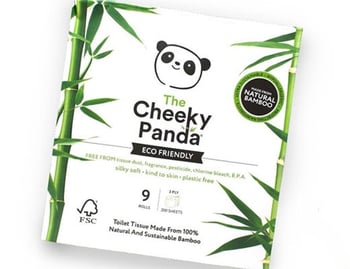
Cheeky Panda is a sustainable, bamboo toilet paper. Their packaging communicates their ethos, transparently conveying the quantity of material, type of material, and emphasizing the functional and emotional benefits of the product through on-pack claims, like ‘Natural Bamboo’.
Sustainable brands, like Cheeky Panda, ensure every aspect of their business aligns with their overarching company goal, of environmental gain. It is not enough for these brands to create eco-friendly products; this higher purpose needs to be adopted across the entire business.
You can strengthen your brand’s Integrity by focusing on your packaging. Consider mentioning where your product was sourced, what materials it's made of or how it was developed. The more transparent you are about your product’s origins, the more people will identify with your brand and its purpose.
Head to our guide to learn more about the 16 Drivers of relationships between brands and people to discover what you can do to build a brand people fall in love with.
Our intelligent platform will take your brand further, faster.
Don’t believe us?
© 2020-2023 ProQuo AI International
All rights reservedWebsite by Blend